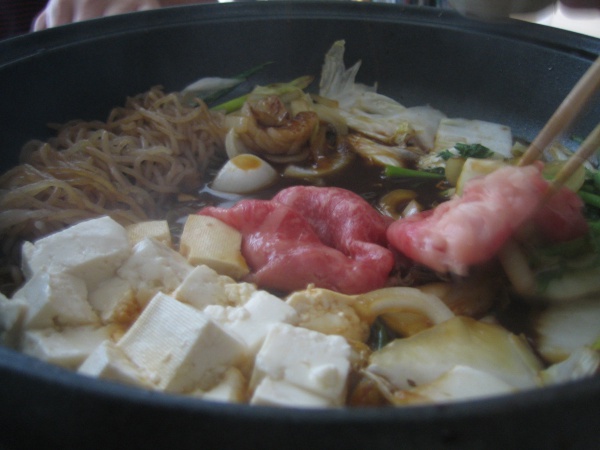Facts About Sukiyaki
Sukiyaki is a cherished traditional Japanese dish, perfect for warming up during the winter months. It is typically prepared in the nabemono style, meaning it is a hot pot dish. The highlight of sukiyaki is thinly sliced beef, which is simmered alongside a variety of vegetables in a savory broth made from soy sauce, sugar, and mirin.
One distinctive feature of enjoying sukiyaki is dipping the cooked ingredients into raw, beaten eggs before eating them. This adds a rich and silky texture to each bite.
Common ingredients in sukiyaki include tofu, scallions, leafy greens, mushrooms, and glass noodles. As the meal progresses, you might also find wheat udon noodles or mochi added to the pot.
There are two main styles of sukiyaki in Japan: Kanto and Kansai, each with its own twist on the dish, featuring slight variations in preparation and ingredients.
The history of sukiyaki dates back to the Meiji era, and there are various theories about its name and origin. Despite its long history, sukiyaki is often associated with special occasions and year-end parties in Japan.
Interestingly, sukiyaki has inspired similar dishes in other cultures, such as shabu-shabu in Japan and variations found in Laos and Thailand.
Here’s a fun fact: the famous song "Ue wo Muite Arukō" often referred to as "Sukiyaki" in the West, actually has nothing to do with the dish!
